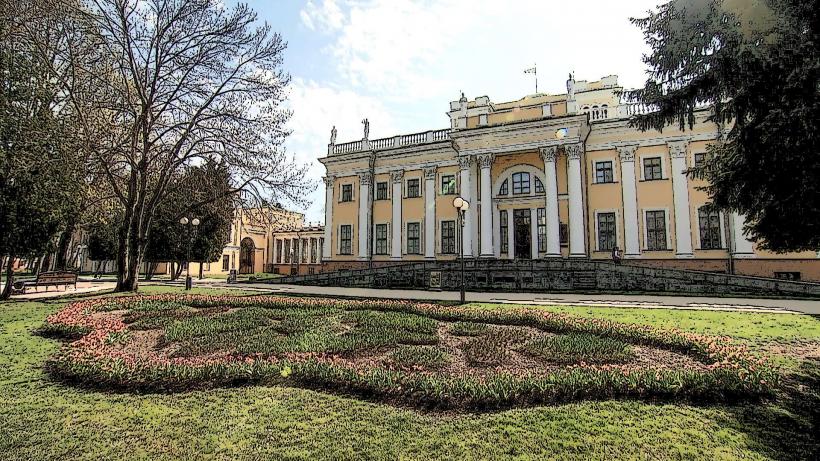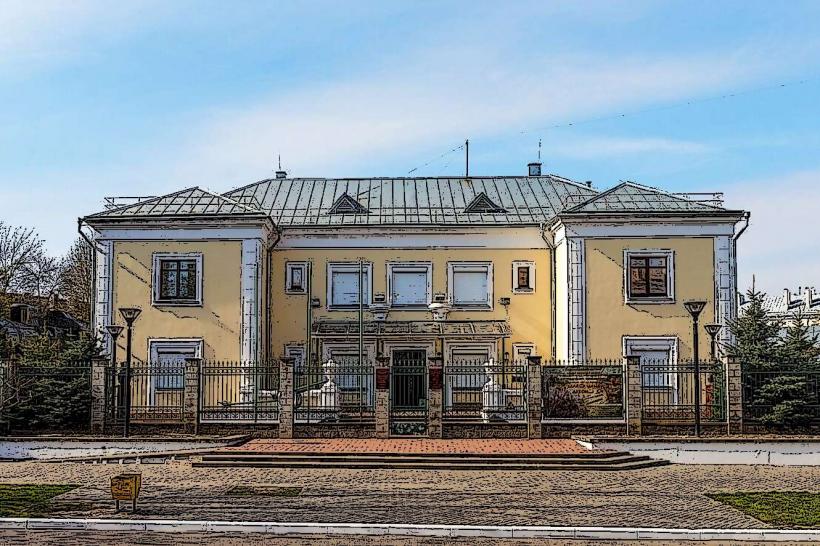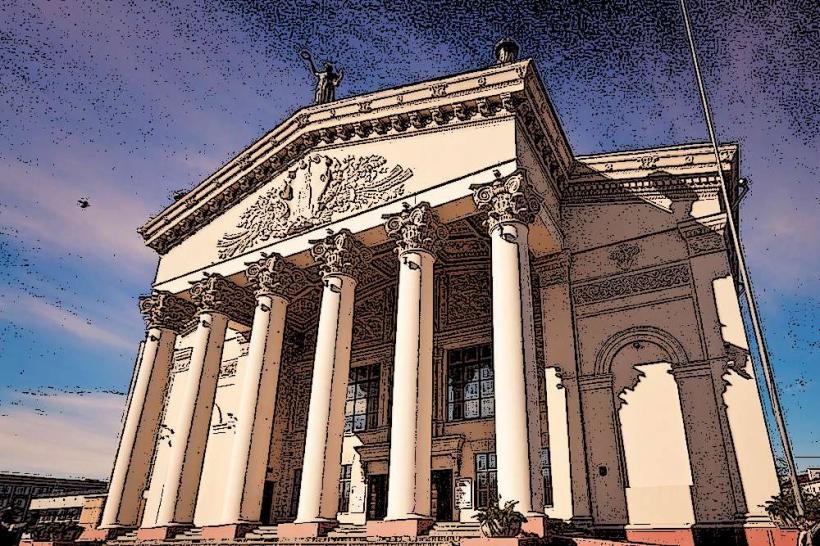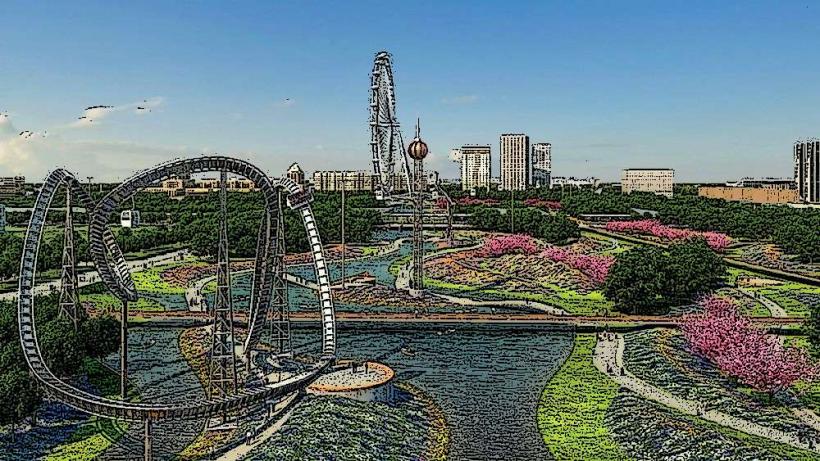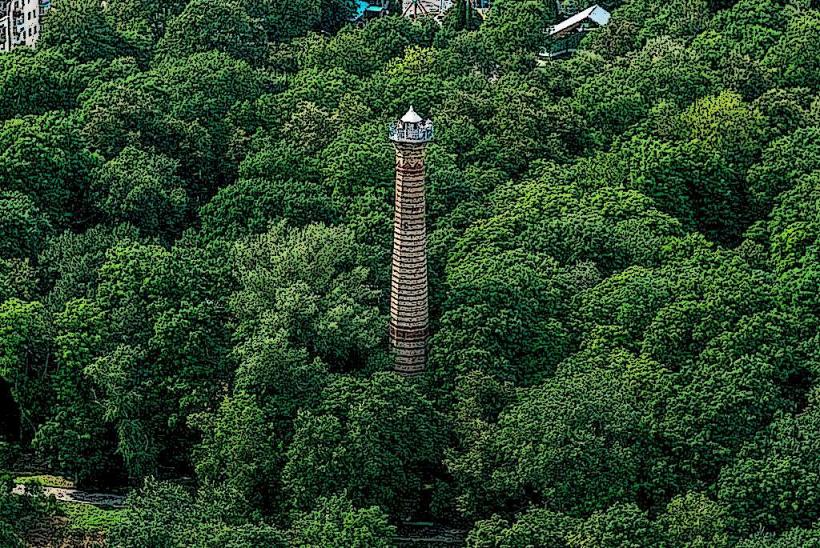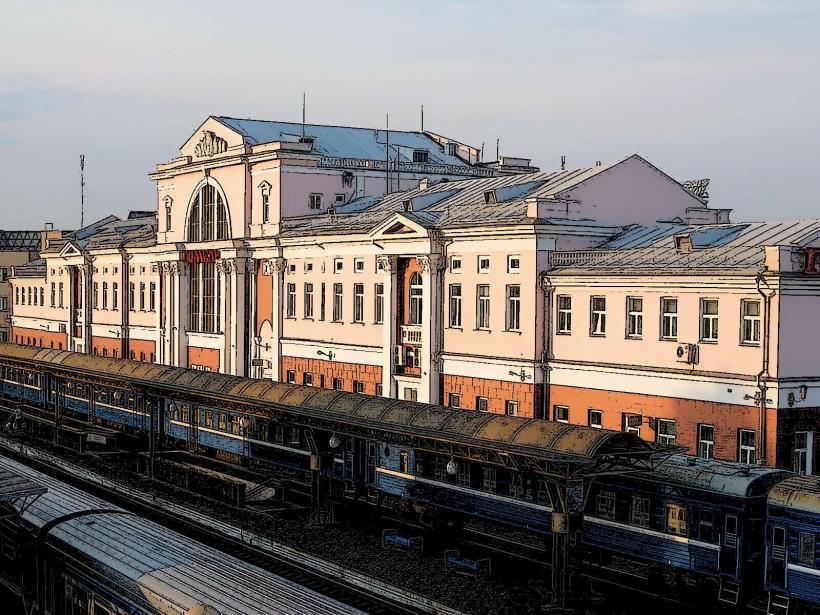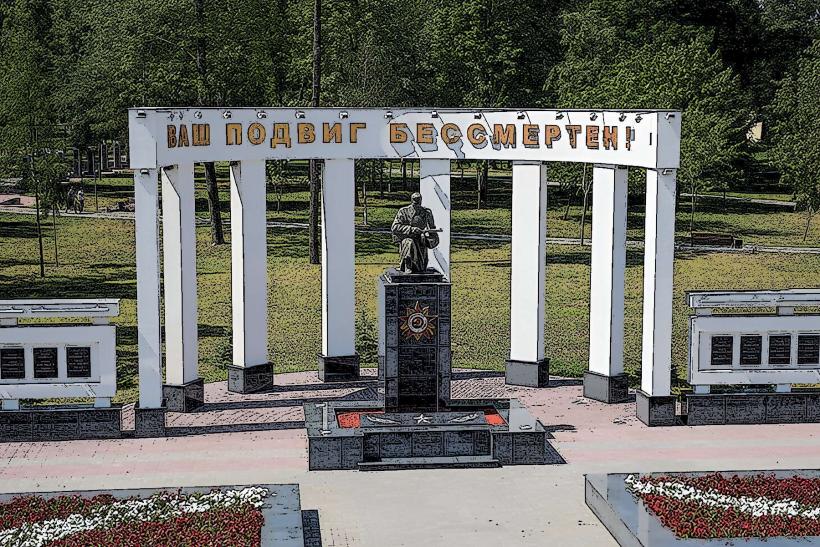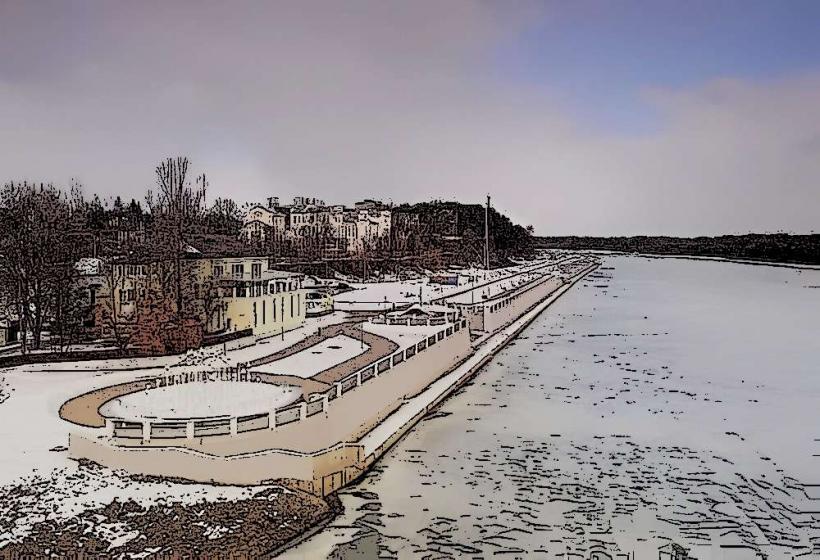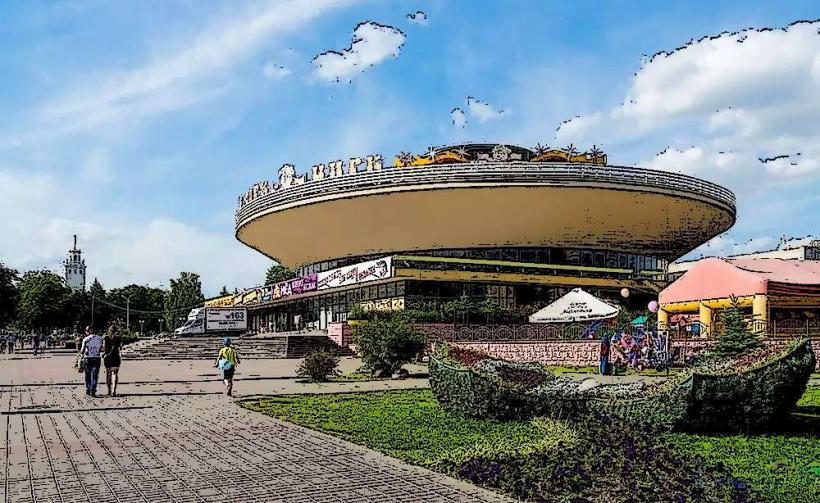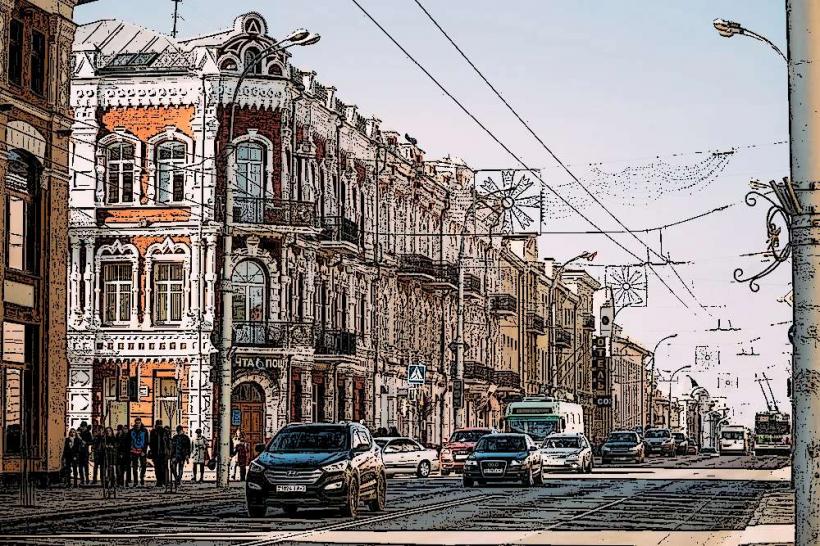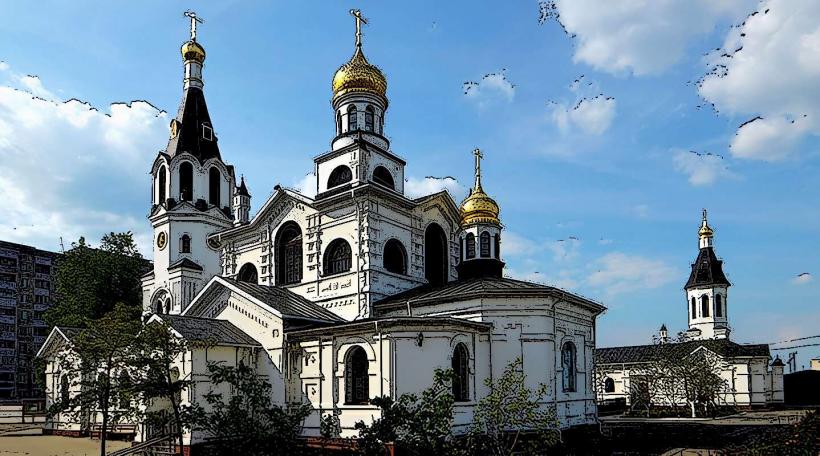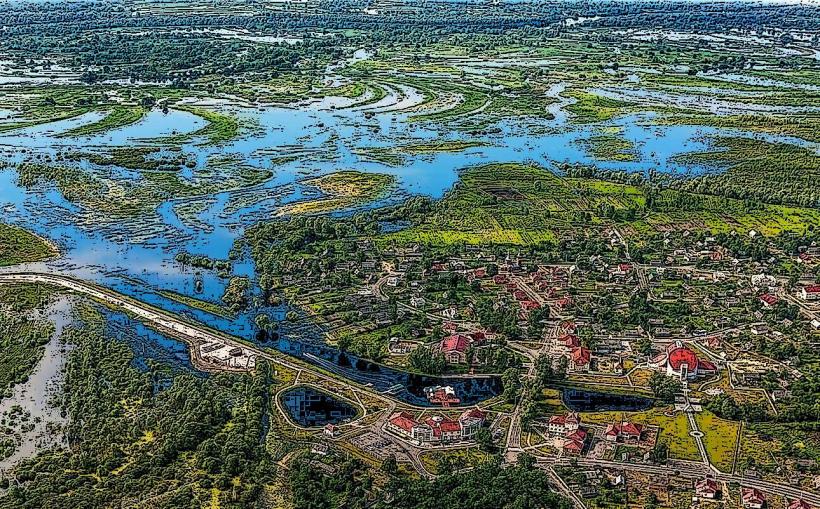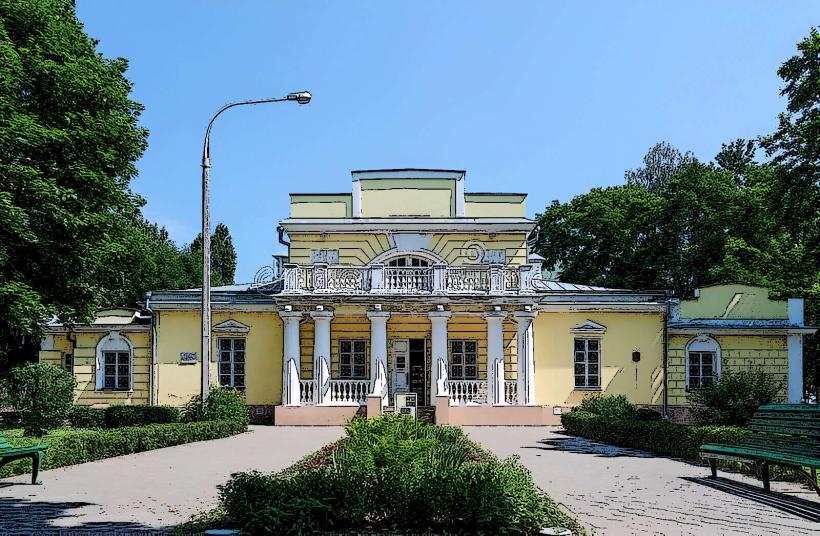Information
Landmark: Rumyantsev-Paskevich PalaceCity: Gomel
Country: Belarus
Continent: Europe
The Rumyantsev-Paskevich Palace is a historic architectural landmark in Gomel, Belarus, and one of the most significant sites in the city, embodying the grandeur of the 18th and 19th centuries. The palace is named after two prominent families in the region's history: the Rumyantsevs and the Paskevichs. It serves as an important symbol of aristocratic life in the region during the Russian Empire and is now home to a museum.
1. Historical Background
The palace's history dates back to the 18th century when it was originally built for the Rumyantsev family, one of the wealthiest and most influential noble families in Russia at the time. In 1820, the palace was acquired by Prince Paskevich, a distinguished military leader and statesman who played a significant role in Russian imperial politics. The building was then expanded and reconstructed under his patronage, and its final form reflects the neoclassical and Empire architectural styles.
The Paskevich family held the estate for many years, and during the 19th century, the palace was not only a family residence but also an important center of social and political life. The building witnessed several important events and gatherings of the Russian aristocracy.
2. Architecture and Design
The Rumyantsev-Paskevich Palace is an excellent example of Empire style architecture, which was popular in Russia during the early 19th century. The palace's design incorporates elements of neoclassicism and Baroque, resulting in a harmonious blend of elegance and grandeur. The palace has undergone several phases of reconstruction, but its most important features remain intact.
Key Architectural Features:
- Facade: The main facade of the palace is characterized by its classical proportions, with columns, pilasters, and symmetrical windows. The central part of the building is emphasized by a prominent portico supported by columns, which is a hallmark of the Empire style.
- Interior Design: The interior of the palace is equally impressive, with rooms featuring ornate ceilings, stucco work, and classical motifs. The grand halls and rooms are furnished with a combination of original and restored pieces from the 18th and 19th centuries, including chandeliers, paintings, and furniture.
- Monumental Staircase: One of the most notable features of the interior is the grand staircase, which is beautifully decorated and leads to the upper floors. The staircase is flanked by large columns, giving it an imposing and impressive appearance.
- Balustrades and Decorations: The palace is adorned with classical sculptures, bas-reliefs, and decorative moldings that give the building a refined and sophisticated look.
3. Function and Use
Throughout its history, the palace served multiple purposes:
- Family Residence: Initially, it served as the residence of the Rumyantsev family and later the Paskevich family, offering a luxurious living space and an expression of wealth and status.
- Cultural and Social Center: The palace hosted numerous social events, gatherings, and political meetings. It was a place where the Russian nobility, military leaders, and politicians came together.
- Museum: In the Soviet period, the palace was converted into a museum. Today, it serves as the Gomel Regional Museum of Local Lore, offering visitors a glimpse into the history of the region, its culture, and the lives of the aristocracy. The museum’s collections include artifacts related to the palace’s history, regional archaeology, ethnography, and fine art.
4. The Surrounding Park
The palace is surrounded by a beautiful park, which enhances its grandeur. The park was designed in the landscape style, popular in Europe during the 18th and 19th centuries. It features winding paths, water features, and carefully arranged groups of trees. The park's layout was intended to complement the architectural beauty of the palace, providing a picturesque setting for the residence.
Key features of the park include:
- Ponds and Fountains: The park includes artificial ponds, streams, and fountains that add to its charm and natural beauty.
- Sculptures: The park is dotted with sculptures that are replicas of classical works, enhancing the aesthetic appeal of the grounds.
- Walking Paths: The winding paths and greenery offer a peaceful retreat, making it a favorite spot for locals and tourists.
5. Museum and Exhibitions
Today, the Rumyantsev-Paskevich Palace functions as a museum. The Gomel Regional Museum of Local Lore exhibits a variety of historical, artistic, and cultural collections:
- Historical Exhibits: These display the history of the palace, the Rumyantsev and Paskevich families, and the political and social life of the period.
- Art Collections: The museum houses a collection of artwork, including paintings, sculptures, and decorative arts from the 18th and 19th centuries.
- Cultural Displays: The museum also features exhibits on the traditional culture and history of the Gomel region, including ethnographic displays, folk art, and local crafts.
6. Significance and Legacy
The Rumyantsev-Paskevich Palace is an architectural and historical gem, providing valuable insights into the lives of the Russian nobility and the history of Gomel and Belarus. Its combination of grand architecture, beautiful interiors, and cultural significance makes it a major attraction for visitors. The palace stands as a symbol of the wealth, power, and cultural richness of the Russian Empire during the 19th century, and its role as a museum ensures that this legacy continues to be celebrated today.
7. Visiting the Palace
The Rumyantsev-Paskevich Palace is open to the public and attracts both local visitors and international tourists. It offers guided tours that take visitors through the historical and cultural significance of the palace, its architecture, and the exhibits. The surrounding park provides a peaceful environment for visitors to explore, making the palace an excellent destination for those interested in history, art, and architecture.
In conclusion, the Rumyantsev-Paskevich Palace is a magnificent example of Russian imperial architecture, offering a glimpse into the aristocratic life of the 18th and 19th centuries. Its rich history, stunning design, and cultural importance make it a key landmark in Gomel and a must-visit destination for those interested in Belarusian and Russian history.

